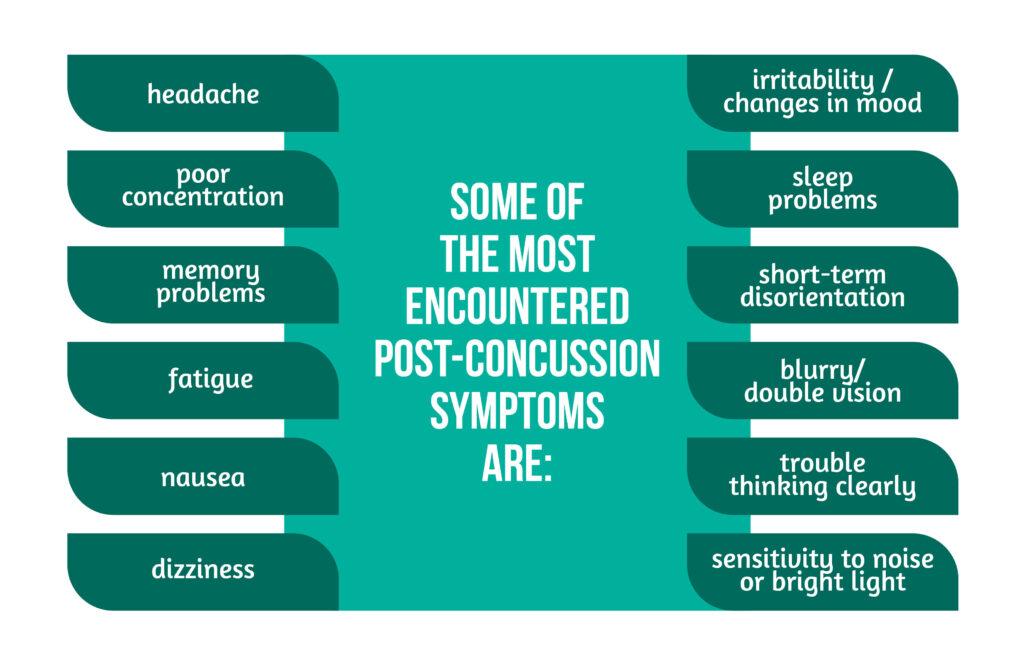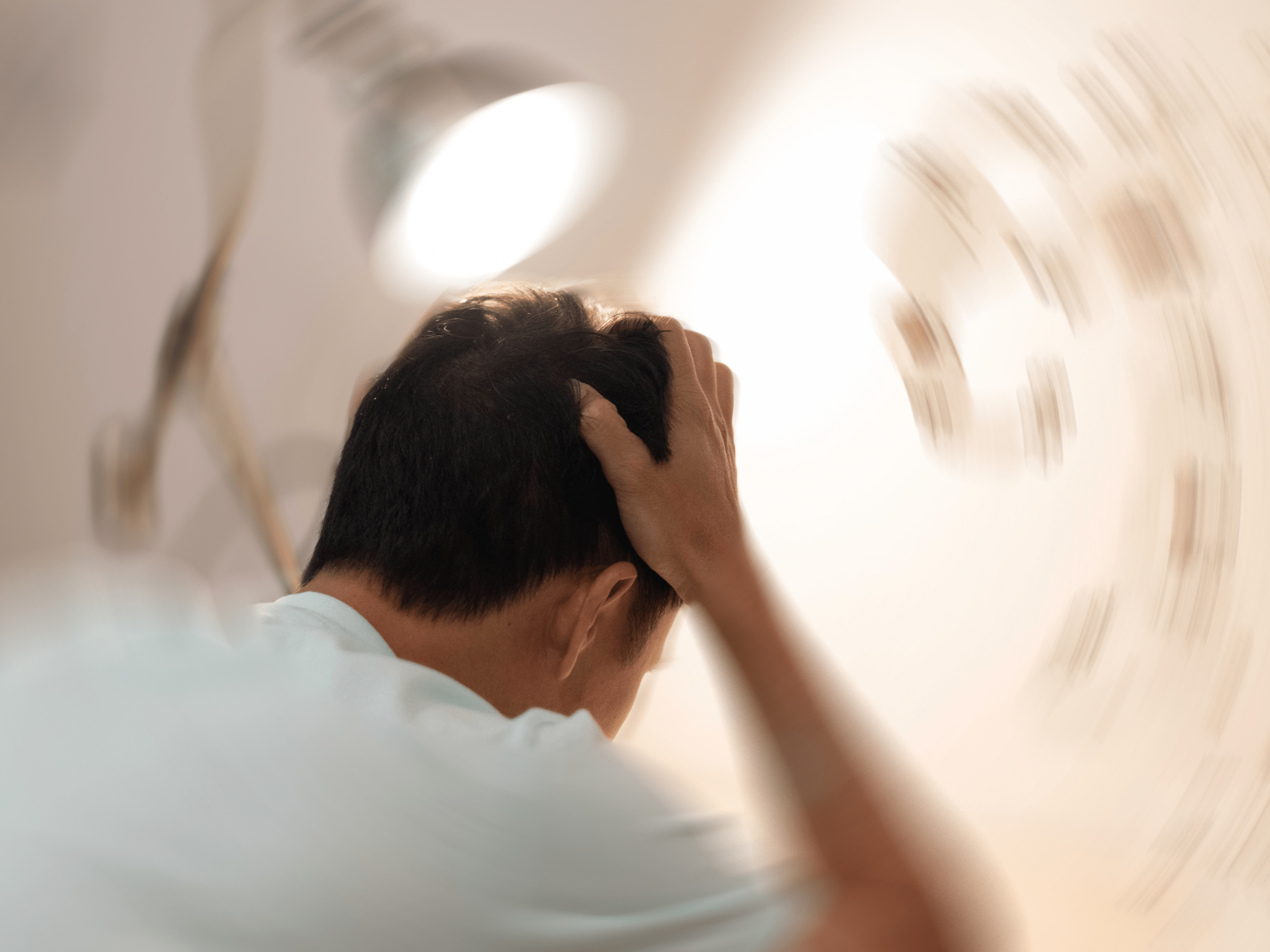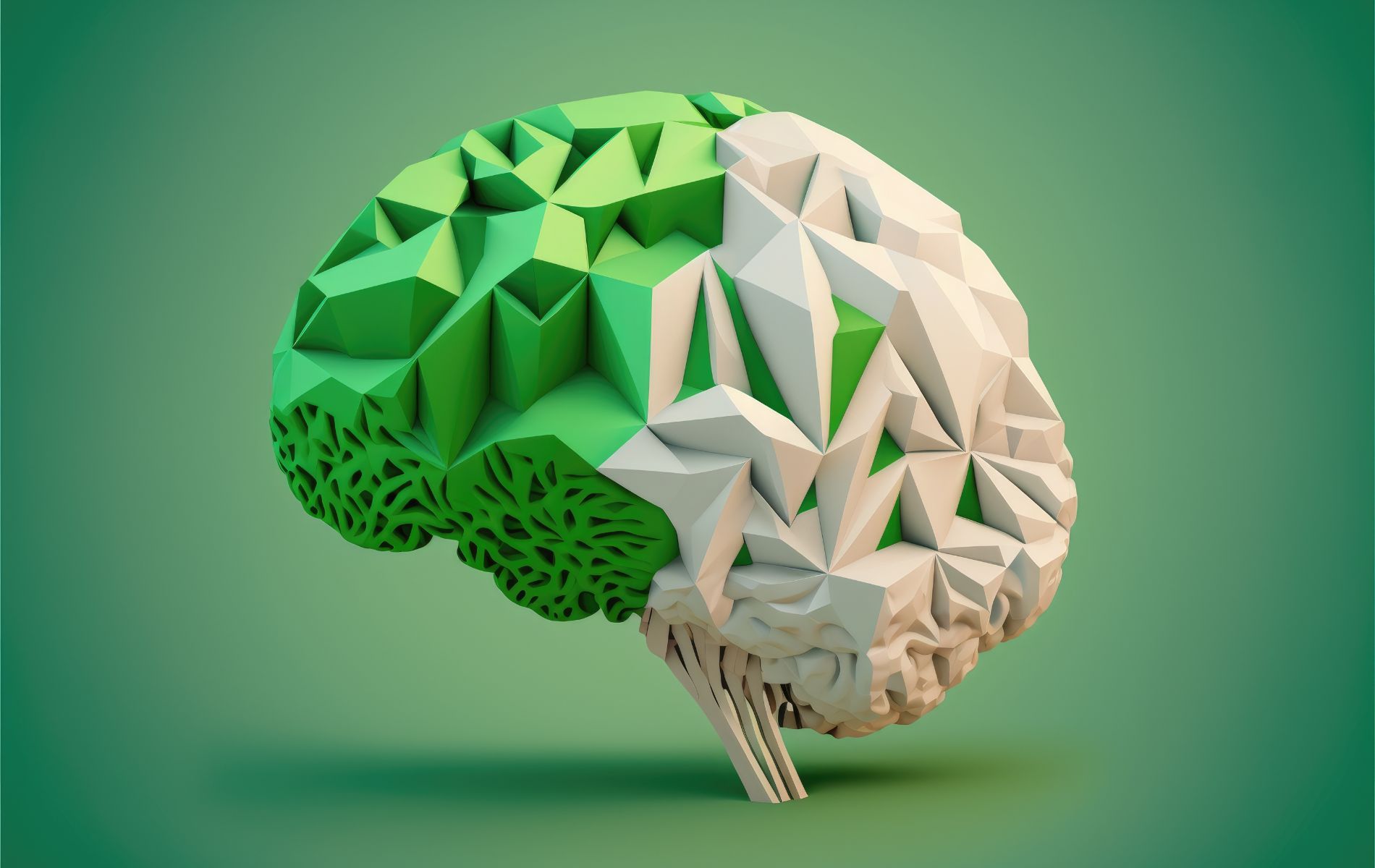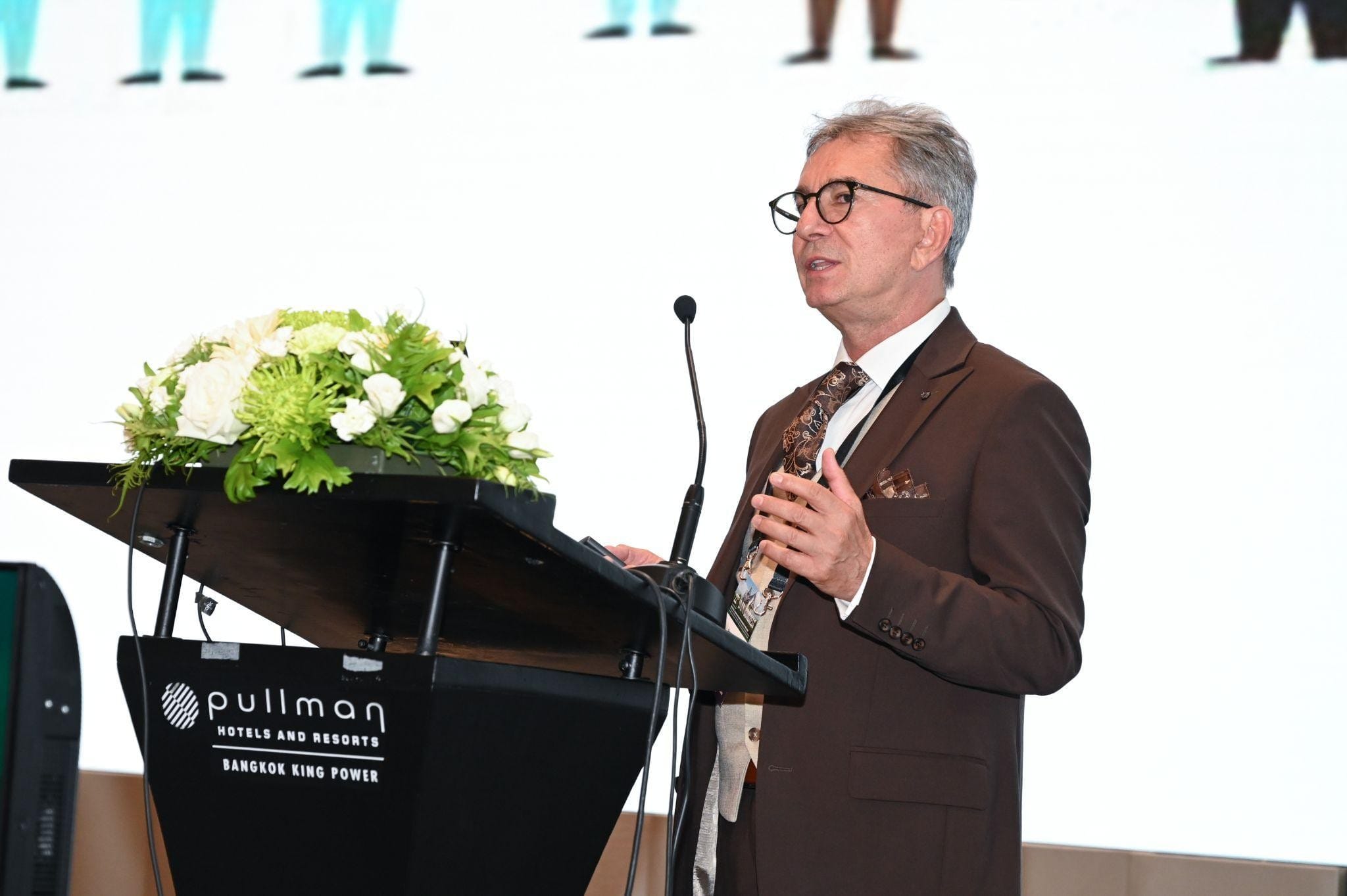Keywords: TBI, recovery, concussion
Focus Keyword: Concussion
What is a concussion?
Traumatic brain injury (TBI) remains a growing healthcare problem with a significant contribution to death and disability around the globe [1]. It represents one of the most important pathologies nowadays, with approximately 235.000 hospitalizations for non-fatal TBIs each year in the United States [2].
A concussion represents a mild TBI that is caused by a blow to the head resulting in the moving of the head and brain back and forth. So what about concussions recovery after TBI ? What is the process? Can TBI affect balance?
Multiple causes can result in the production of a concussion, as highlighted in Figure 1 below.

Usually, patients recover fine after such an injury. Still, it is recommended to avoid rigorous activities (e.g., contact sports) during this time because brain function and blood flow might be suffering some changes, and a second concussion in a short period might produce an unfavorable outcome [3].
How long does it take to recover after a concussion, and what is the course of recovery?
Most symptoms usually resolve after a few hours or days, while others can last up to a few months. Studies showed that getting some rest for a short period aids in a faster recovery of the patient, allowing them to return to their daily activities. Nonetheless, patients should avoid complete rest because a positive influence on recovery was observed in the case of mental activity and light exercise. Some people might need longer to recover, while others might require more specific treatment options. Part of the patients might even need specific support at school or work for a short period (days or weeks) until full recovery [3].
Depending on the patient, recovery can last from a few hours up to weeks or even a few months.
Some of the most encountered post-concussion symptoms are highlighted in Figure 2 below.

All the symptoms listed in the Image above can be part of the recovery process and must not be considered permanent damage or complication. They are normal and similar to the itch present when stitches are healing.
Usually, people above 40 years old might take longer to get back to normal, and treatment is not always needed.
Caregivers, family, and friends must be very attentive and understanding during this period and try to help the patient to recover as much as possible and create a carefree environment where patients can focus on their recovery.
What can be done about the symptoms?
During rehabilitation after a brain injury, some patients may find it difficult to continue their job or daily activities as before. Moreover, they may encounter difficulties in relaxing or getting along with members of the family. They should keep in mind to pace themselves in order to get the targeted result, and it is advisable to take more breaks when needed. If the symptoms worsen, then it might mean that they are pushing themselves too hard. They should slow down and take all the time they need to work on themselves and their rehabilitation and take care of themselves. Research shows that it is better for most patients to relax for a few hours a day after injury and, as a follow-up, to increase their activity at a slow pace after the rest period.
They should know that symptoms during the recovery phase are normal, and they will usually go away on their own. Nevertheless, other comorbidities which can influence the apparition and intensity of symptoms after a TBI have been identified. Among these:
- stress
- anxiety
- pain
Many people have these symptoms occasionally after a brain injury. The symptoms can also be experienced by people who did not suffer a TBI. Some of these are only due to day-to-day stress that everyone experiences and are not a sign of persistent sequelae after the concussion. Just as a bruised leg or a pulled muscle needs time to heal, so does one’s brain. It is normal to have some difficulties at school or work shortly after a brain injury. Patients should always take things slowly and remember that if they need to talk about their symptoms, doctors are willing to answer their questions and help them. Professional athletes or children with sports-related brain injuries need a doctor’s release in order to return to practicing the respective activity [3].
What are the possible outcomes after a TBI?
Patients should keep in mind that healing usually occurs relatively quickly, and there should be no long-term difficulties or sequelae after a brain injury. Unfortunately, a few of the patients might experience symptoms of CTE (chronic traumatic encephalopathy). This is a disease that is thought to be caused by repeated head injury and is poorly understood at this time.
It was first mentioned in the 1920s as a disease related to boxers. A decade later, it was called “dementia pugilistica”, which translates as “boxer’s dementia” [4]. Nowadays, the common name is chronic traumatic encephalopathy. CTE has an insidious clinical presentation, but usually, it involves:
- cognitive symptoms
- emotional problems
- Parkinsonian symptoms [5].
However, it remains linked to mostly sports-related TBIs, which is why most studies were carried out using elite athletes with a long history of physical trauma. Experts consider that repeated concussions due to sports injury are a requirement for a CTE diagnosis, and one or two TBIs are not enough for such a diagnosis with long-term complications. Other diseases linked to repeated TBIs are Parkinson’s disease and dementia [3].
How to get support after a TBI?
Most patients find it helpful to get support from friends and family after a TBI, yet the main support should be sought from healthcare workers, especially those specializing in brain injury (See Figure 3).

Any help during recovery is welcomed, but some patients might find that it is not enough. This is why there are support groups for patients with traumatic brain injury and for their caregivers, where they can meet people with similar experiences to share their feelings and problems and discuss solutions for the management of the symptoms within the rehabilitation process.
References
- Dewan MC, Rattani A, Gupta S, Baticulon RE. Estimating the global incidence of traumatic brain injury. J. Neurosurg. 2018. doi:10.3171/2017.10.JNS17352.
- Corrigan JD, Selassie AW & Orman JAL. The epidemiology of traumatic brain injury. J. Head Trauma Rehabil. 2010. 25, 72–80. doi: 10.1097/HTR.0b013e3181ccc8b4.
- https://msktc.org/tbi/factsheets/concussion-recovery
- Inserra CJ & DeVrieze BW. Chronic Traumatic Encephalopathy. in StatPearls (StatPearls Publishing, 2022). Available at: https://www.ncbi.nlm.nih.gov/books/NBK470535/
- Saulle M. & Greenwald BD. Chronic Traumatic Encephalopathy: A Review. Rehabil. Res. Pract. 2012, p. e816069. doi: 10.1155/2012/816069.




